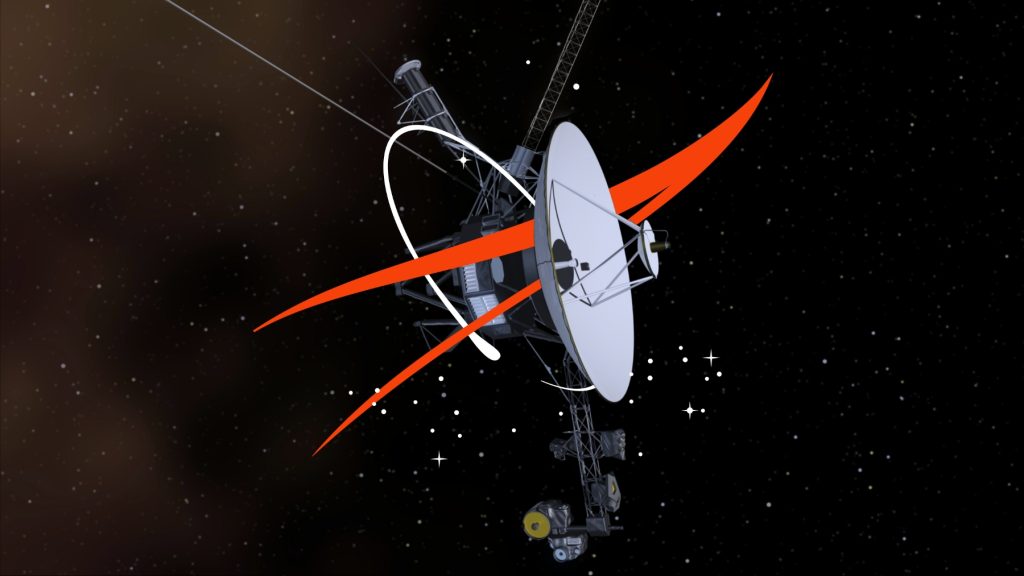
In Voyager 1 news, NASA engineers restored communications with the spacecraft through some creative division of memory.
- In November 2023, Voyager 1 experienced a malfunction in its flight data system, leading to the transmission of incomprehensible data.
- The team identified a faulty chip within the flight data system as the issue.
- They relocated the affected code within Voyager 1’s memory.
NASA‘s Voyager 1 spacecraft is once again sending readable data to Earth from deep space, after five months of incomprehensible messages.
For over 45 years now, Voyager 1 has been exploring our solar system. In fact, as of now, it’s the most distant human-made object, collecting data at 24,341,036,015 kilometers away from Earth.
It has overcome a slew of challenges throughout its deployment. At some point, it started having issues with its power output, as its power supply began to slowly decrease over time. Communication has also proven to be quite tricky, as the signal is faint due to the distance. It takes around 21 hours for a message to arrive at its Earthly destination. But it persevered.
In November of last year, however, Voyager 1 experienced a malfunction in its flight data system. It was transmitting indecipherable data to mission control on Earth. So, for the next 5 months, NASA’s team of experts was trying to figure out what went wrong and how they could fix it.
They finally identified a faulty chip within the flight data subsystem responsible for storing crucial software code. The chip’s failure made a portion of the system’s memory inaccessible. Hence, the loss of communications.
The Voyager 1 news comes after the spacecraft spent 5 months roaming deep space alone and talking nonsense.
They couldn’t just recall it back to Earth to fix the hardware damage; it would take a century to get back to that point. They couldn’t send a maintenance team for obvious reasons. So, what to do?
NASA’s team finally had a plan to relocate the affected code to different areas within the spacecraft’s memory. They would divide the code into sections and ensure seamless integration to maintain the functionality of the flight data system. And it worked! Voyager 1 resumed transmitting its data.
On April 18th, the engineers successfully sent the relocation initiation command to the spacecraft. And despite the immense distance, the signal reached its destination and triggered a response from Voyager 1 on April 20th.
However, this solution is only hopefully temporary, as the engineers are working on restoring full functionality.
As for its twin, Voyager 2, which launched 16 days (about 2 and a half weeks) prior, is also still up there, about 3,967,728,869 kilometers (about 2465432417.81 mi) behind Voyager 1. Apparently, Voyager 2 took the scenic route to check out Neptune’s moon, Triton.
Inside Telecom provides you with an extensive list of content covering all aspects of the tech industry. Keep an eye on our Tech sections to stay informed and up-to-date with our daily articles.